Your cart is currently empty!
Tag: SustainableAgriculture

Cannabis cultivation offers significant benefits to soil health, contributing to sustainable agriculture. The plant aids in nutrient cycling, enhances microbial diversity, and adds organic matter after harvest, improving soil structure and moisture retention. Studies show cannabis fields have higher soil organic matter and microbial biomass, leading to better crop yields. Integrating cannabis into farming practices…
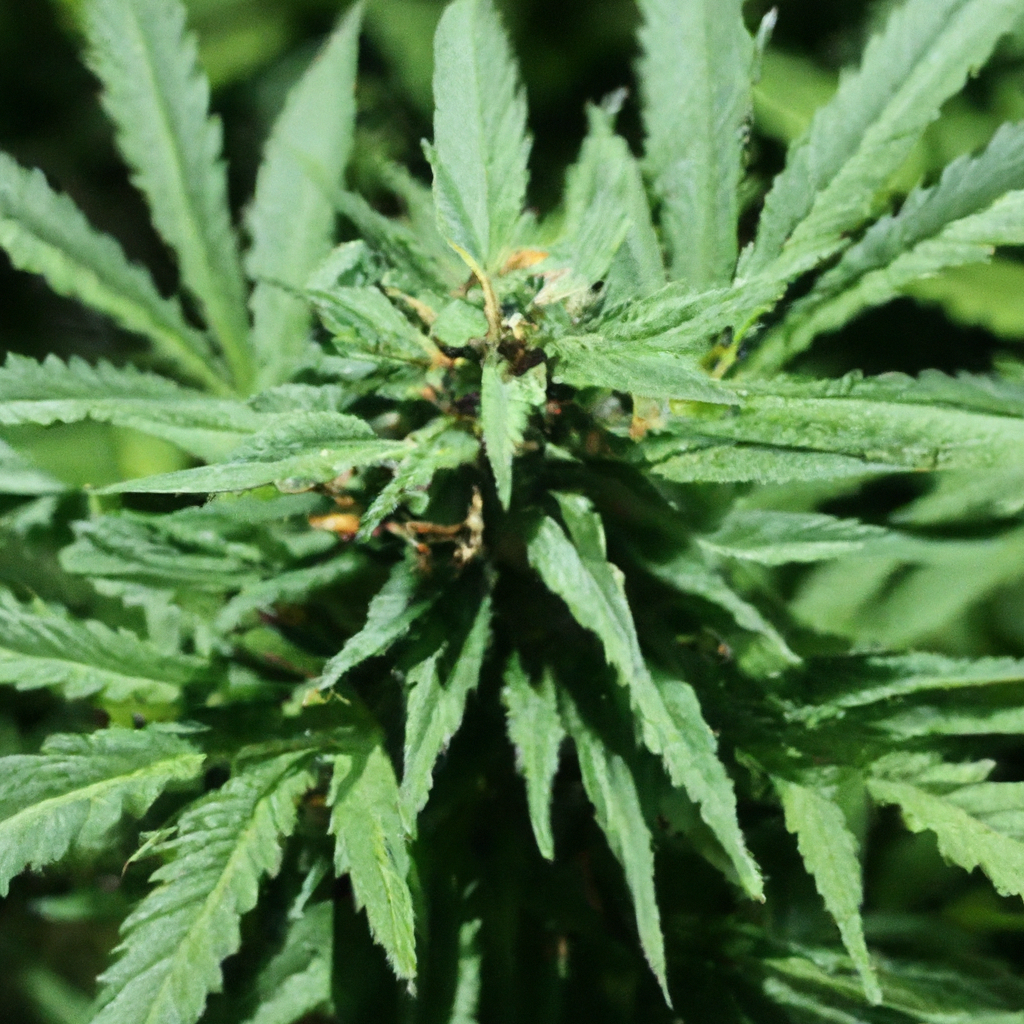
Sustainable cannabis cultivation focuses on efficient resource use, waste reduction, and organic methods to maintain high yields and minimize environmental impact. Key techniques include using organic soil amendments, employing water conservation methods like drip irrigation and rainwater harvesting, implementing integrated pest management with beneficial insects, and utilizing renewable energy sources for indoor growing. Real-world examples…
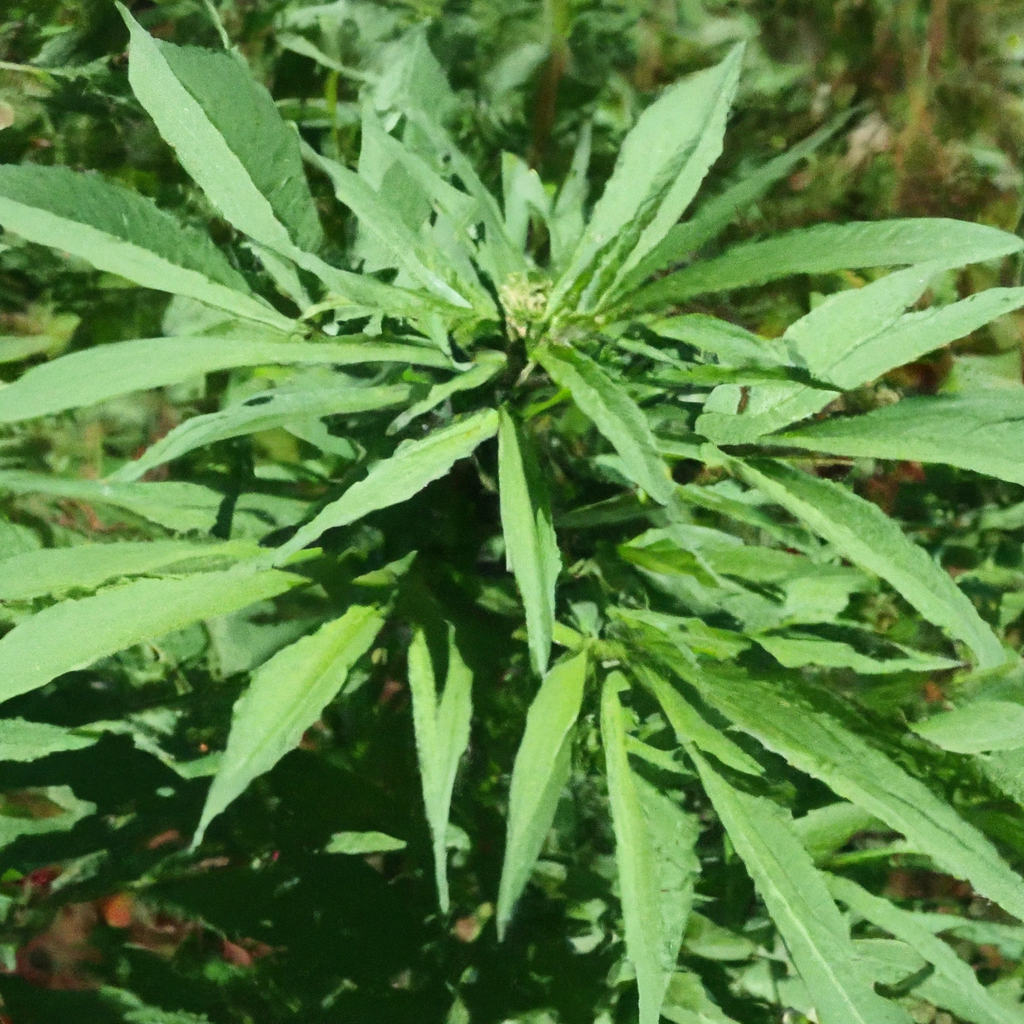
As the cannabis industry grows, understanding its environmental impact, particularly on soil health, is paramount. Sustainable cannabis cultivation enhances yields and offers long-term environmental benefits. Key practices include using organic amendments, planting cover crops, applying compost tea, and minimizing tillage. These methods not only improve soil nutrients and plant resilience but also reduce reliance on…
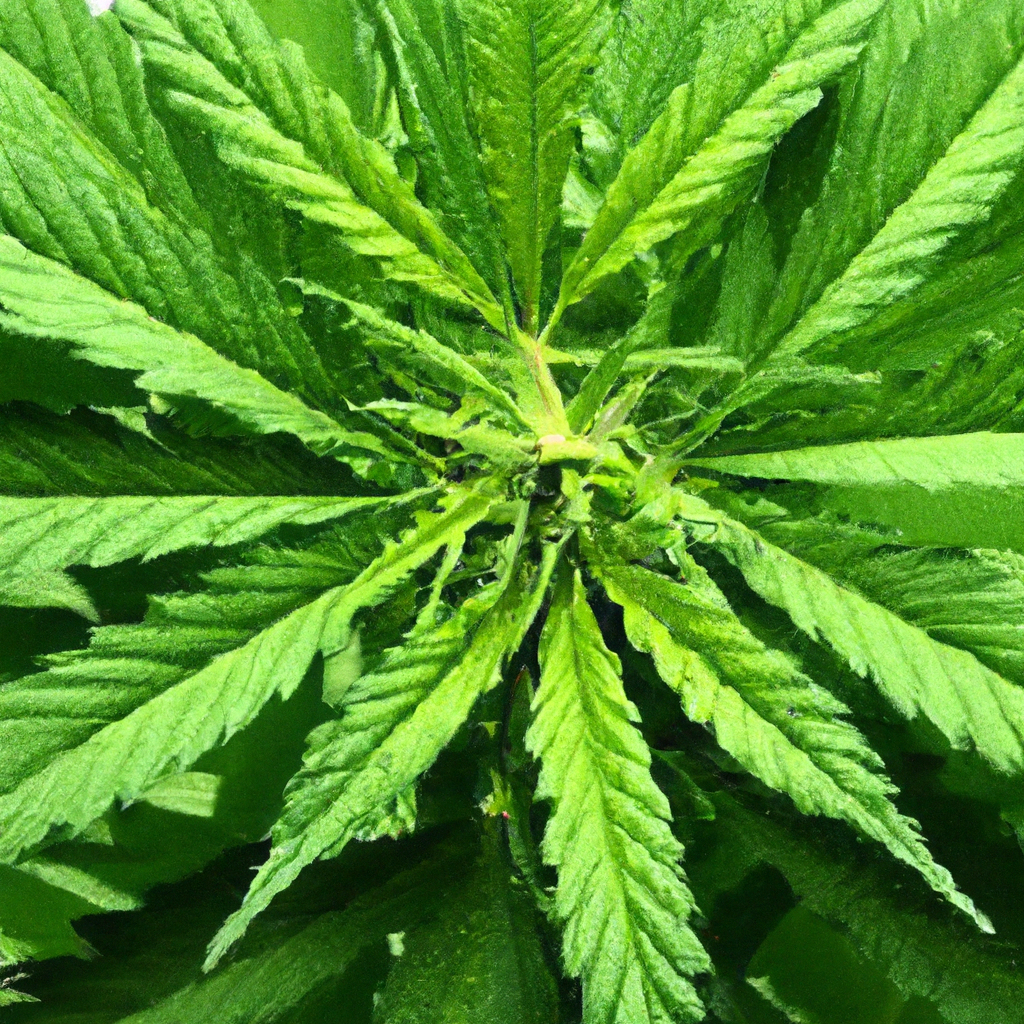
Cannabis cultivation has become increasingly popular, and enhancing the resilience of cannabis crops is essential for robust growth and high yields. This blog post explores scientific methods to strengthen cannabis plants against environmental stressors and pests. Key strategies include optimal soil and nutrient management, integrated pest management (IPM) using natural predators, and innovative cultivation techniques…
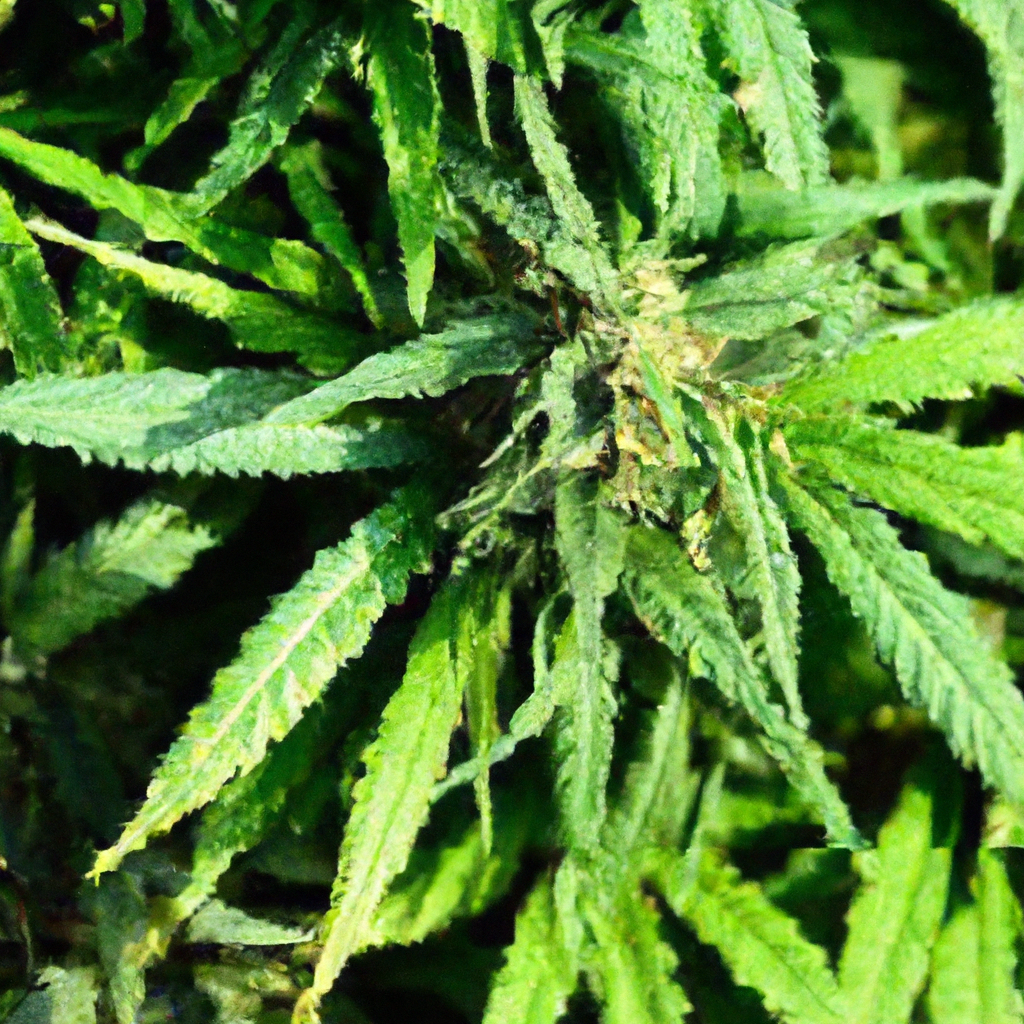
As cannabis culture grows, many cultivators are turning to organic methods for environmentally friendly, health-conscious products. Organic cannabis cultivation emphasizes creating a rich soil ecosystem with natural fertilizers, compost, and sustainable pest management techniques. Key practices include using compost and mulch, beneficial microbes, and crop rotation, alongside natural fertilizers like compost tea and fish emulsion.…

Cannabis cultivation benefits from companion planting, a technique where specific plants are grown together to promote each other’s health and yield. Companion planting enhances pest control and maximizes yield by creating a supportive ecosystem. Plants like marigolds, basil, lavender, and yarrow help repel pests and attract beneficial insects. The process involves soil preparation, strategic plant…
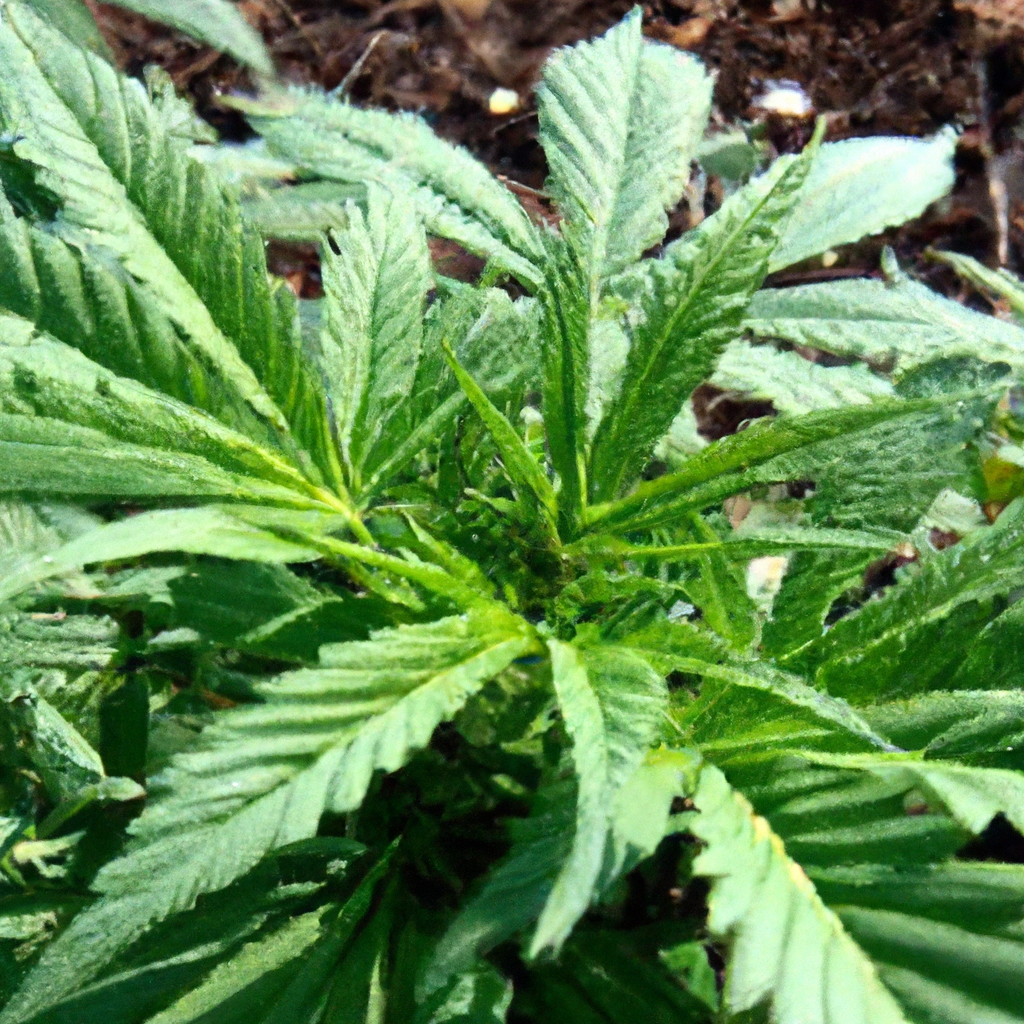
Understanding and optimizing soil health is crucial for successful cannabis cultivation. This blog post delves into essential techniques to maximize soil quality, such as organic composting to enrich the soil with nutrients and enhance structure. The use of cover crops, like clover, boosts nitrogen levels, while mulching conserves moisture and controls weeds. Regular soil testing…
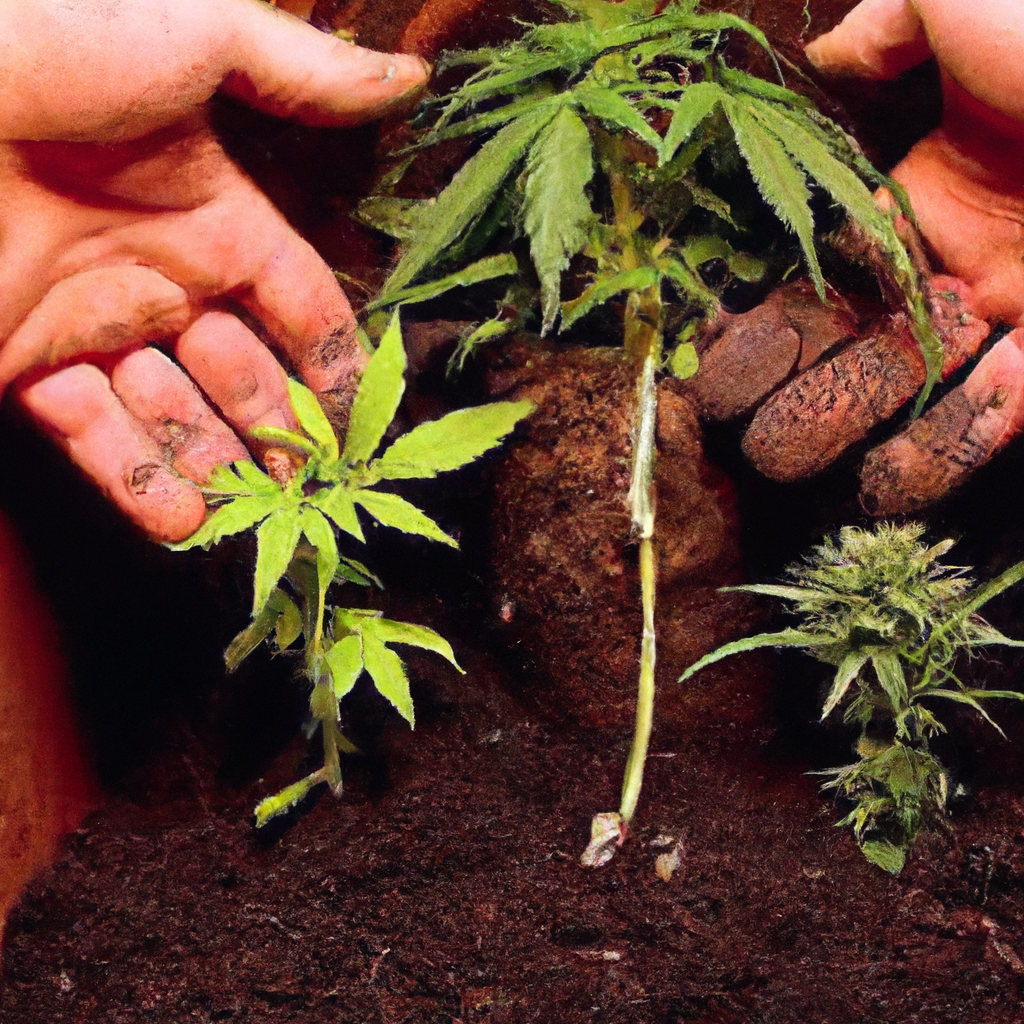
Companion planting can significantly enhance cannabis cultivation by leveraging natural plant interactions to boost growth and fend off pests. This strategic approach utilizes species like marigold, chamomile, basil, and clover to create a mutually beneficial environment. By understanding and implementing companion planting techniques, growers can optimize land use, improve soil fertility, and enhance cannabis quality…
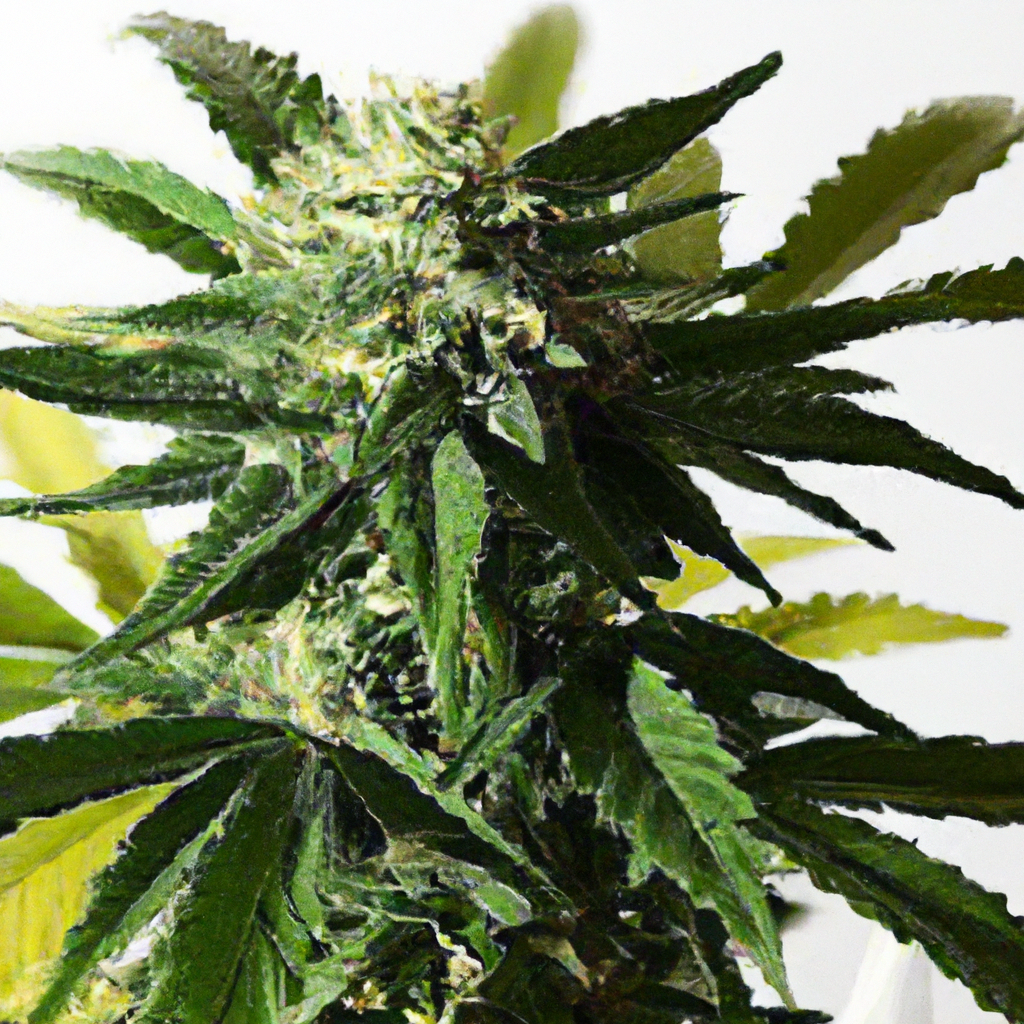
Autoflowering cannabis strains are popular for their rapid growth and versatility, ideal for both novice and experienced growers. Unlike photoperiod strains, autoflowers switch to flowering based on age, completing their cycle in 8-10 weeks with consistent light exposure. Optimum conditions include light, well-aerated soil and specific nutrient levels, along with maintaining stable temperatures and humidity.…
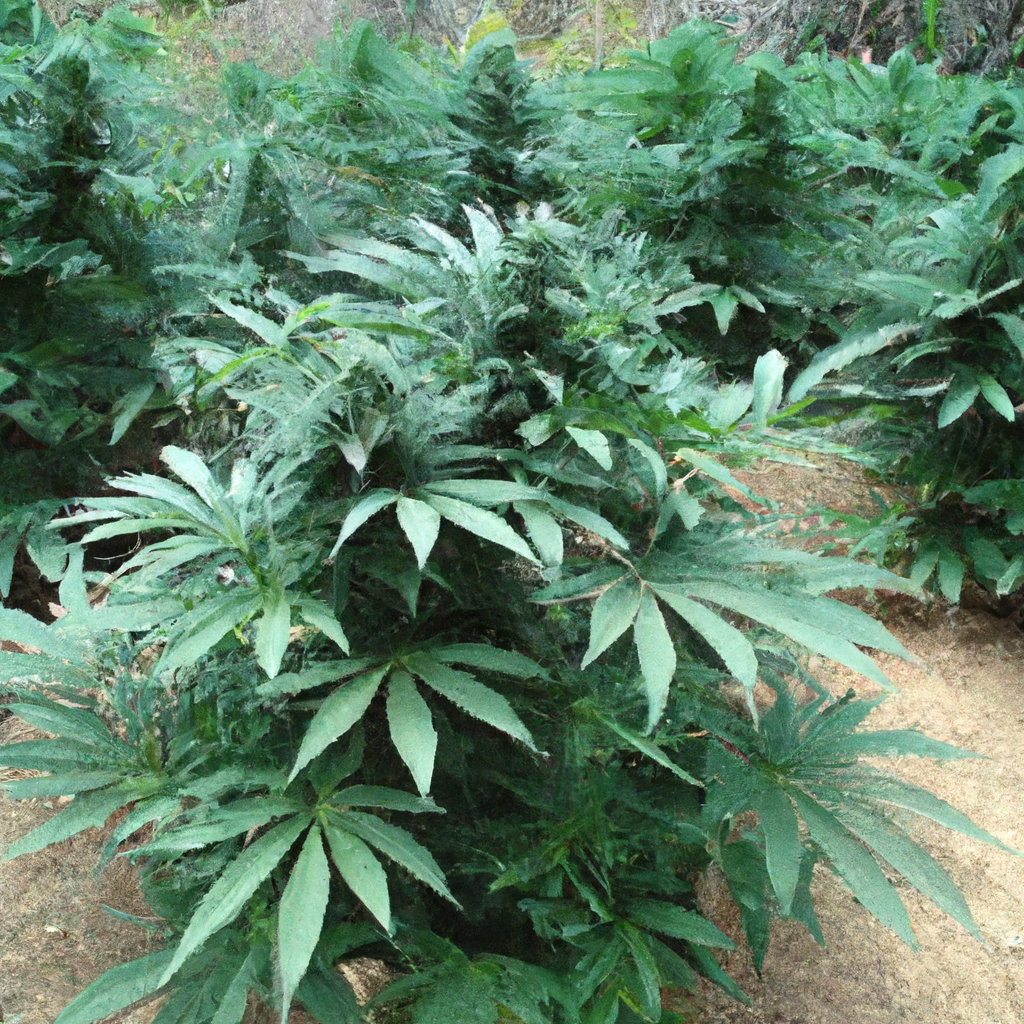
In the realm of cannabis cultivation, smart water conservation is key to sustainable and efficient farming. By understanding your plants’ water needs and employing techniques like drip irrigation, mulching, and self-watering pots, you can enhance growth while minimizing waste and costs. Address inconsistent watering with automation, alleviate soil compaction with amendments, and reduce evaporation in…
